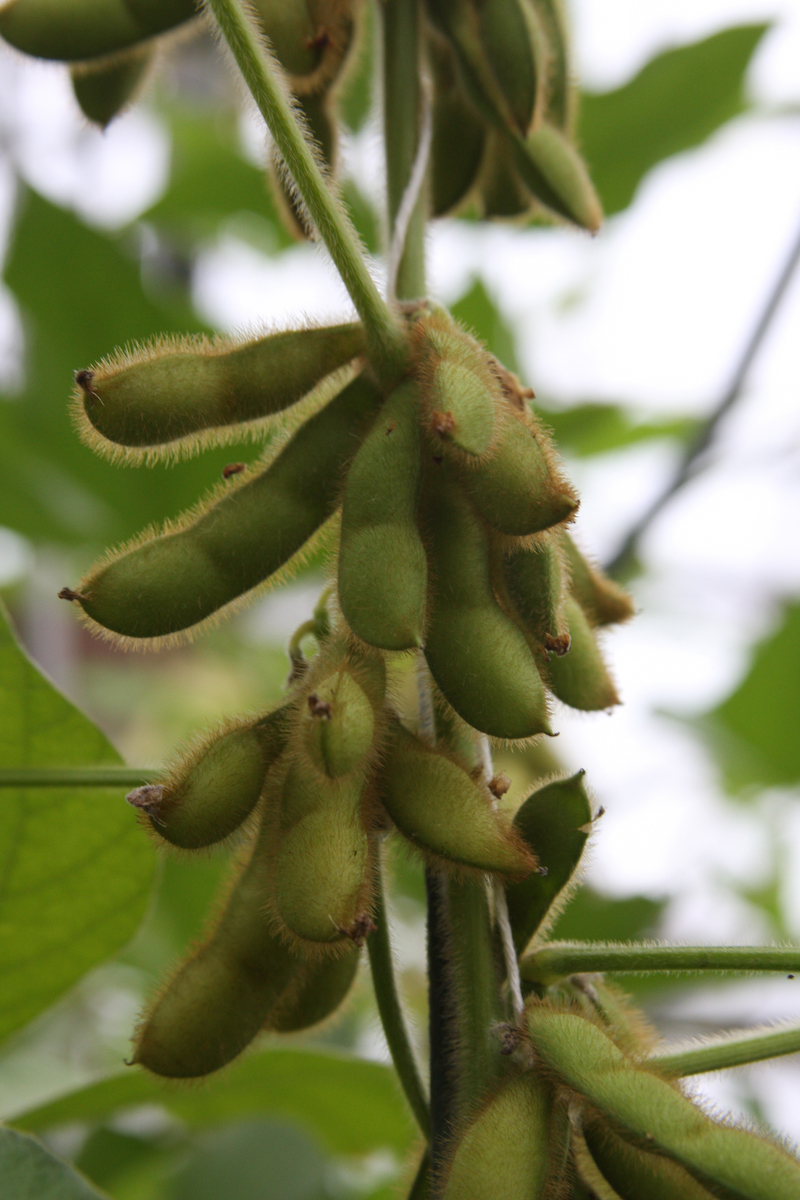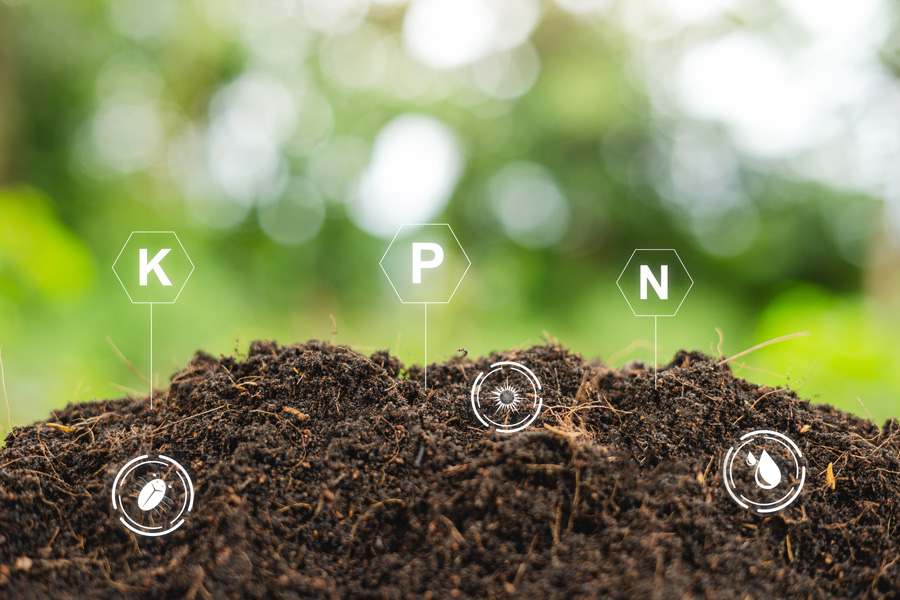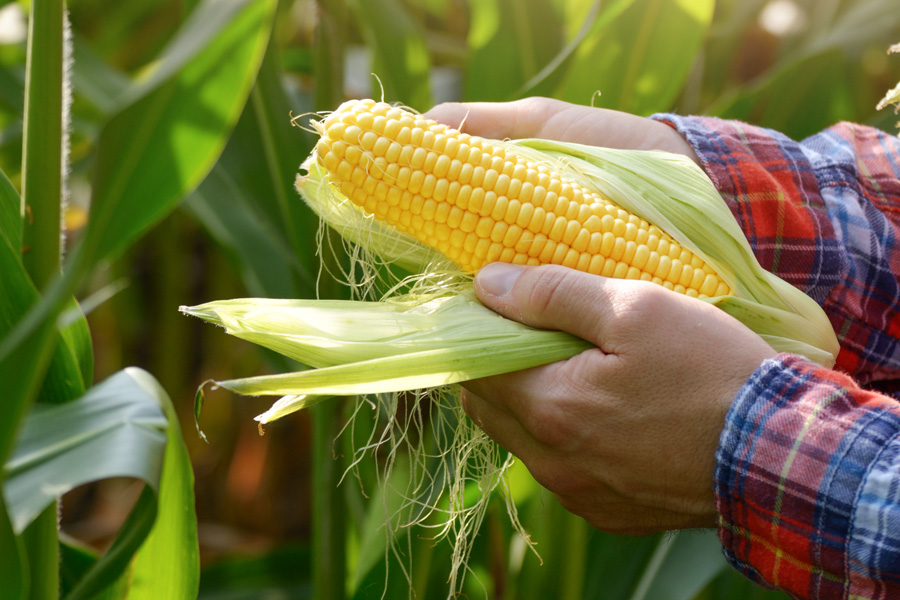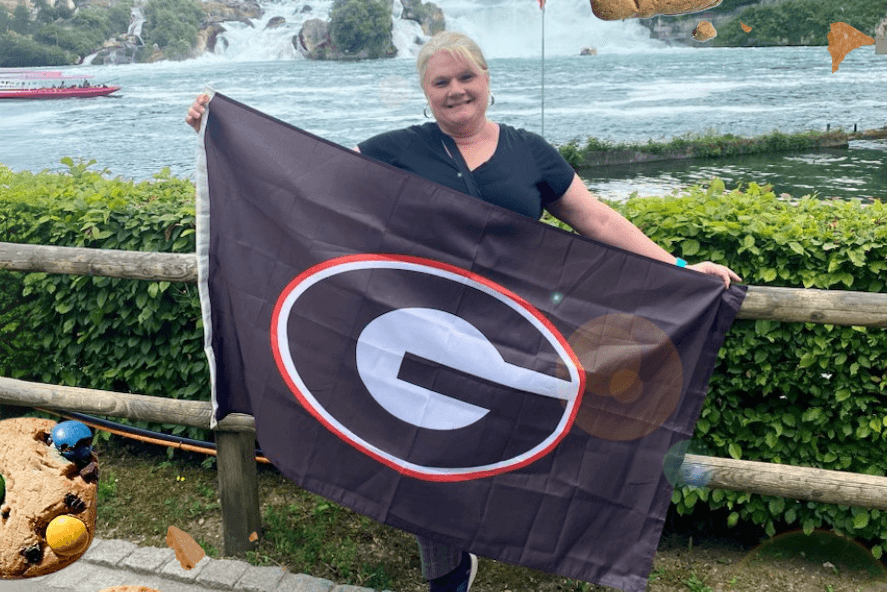From fried chicken to stir-fried tofu, soybeans play a big role in Americans’ diets.
The legume covers about 88.7 million acres across the United States, according to the U.S. Department of Agriculture. But the soybean’s success didn’t sprout directly from a Midwestern grain field; the seeds were sown in Savannah, Georgia.
Starting Sunday, Sept. 10, hundreds of the world’s leading soybean scientists will converge in Savannah for World Soybean Research Congress 10, where they will share their research and celebrate the legendary rise of one the world’s most popular legumes.
“This is a huge deal,” said Scott Jackson, University of Georgia lead soybean breeder, professor of crop and soil sciences, and director of the Center for Applied Genetic Technologies. “It represents research on everything surrounding soybeans, from marketing to agronomy, to breeding, to genetics, to biotechnology, to nutrition. It includes all of the aspects of research that happen in the entire value chain of the soybean.”
The UGA College of Agricultural and Environmental Sciences (CAES) is hosting the conference to honor Georgia’s role in the global history of soybean production.
About 250 years ago, Samuel Bowen, a sailor for the British East India Company, planted the first crop of soybeans in North America on what is now Skidaway Island, located off the coast of Savannah. The crop was very successful, and Bowen continued to grow soybeans in the area for decades on a plantation near the current site of Bonaventure Cemetery in Savannah, according to research compiled by the Georgia Historical Society.
In January 2016, the society, the Georgia Agricultural Commodity Commission for Soybeans and the Georgia/Florida Soybean Association erected a historical marker near the site of Bowen’s first field of soybeans. It’s located on the campus of the Skidaway Institute of Oceanography.
Today soybean acreage has grown to 290.5 acres worldwide, and the bulk of production is focused in the United States, Brazil and Argentina, according to the Food and Agriculture Organization of the United Nations.
The World Soybean Research Congress is the world’s most diverse gathering of soybean researchers. The congress brings together plant pathologists, soybean breeders, agronomists, food scientists and engineers. It’s one of the few opportunities that scientists in these disparate fields have to evaluate innovations in soybean research.
“This is really the only chance for people from all aspects of soybean research to interact with each other, discuss their advances and talk about how they impact the other fields,” Jackson said. “It’s not often that the various fields come together and discuss how advances in one area might impact marketing or nutrition. It’s important to bring all those people together.”
For decades, soybean breeders and agronomists have developed cultural practices and varieties that produce more soybeans per acre than was possible in the past.
Increases in yield will always be an important goal for new research, Jackson said, but today’s soybean scientists are also looking for ways to make soybeans more resilient to stress caused by climatic shifts and soybeans that can be grown in areas with arid or nutritionally depleted soils.
For residents of Savannah, even those not attending the conference, this week will provide time and opportunities to learn about soybeans and the crop’s connection to food consumed daily. Now is the time to befriend a scientist and have all soybean questions answered.
“We won’t have hats on designating us or anything, but the city will be inundated with about 1,000 scientists working on all aspects of genetics, production, marketing, seed quality,” Jackson said.
For information about CAES’s work with soybeans, visit www.caes.uga.edu/extension-outreach/commodities/soybeans.html.



